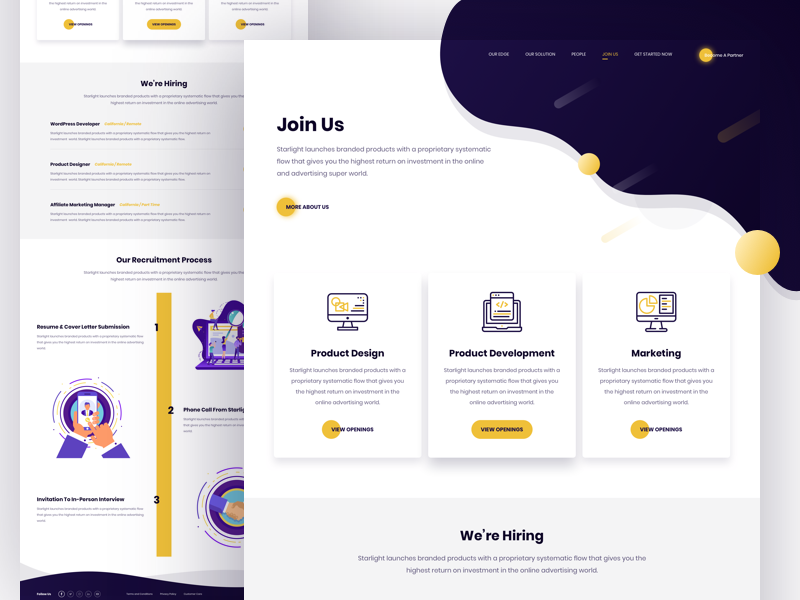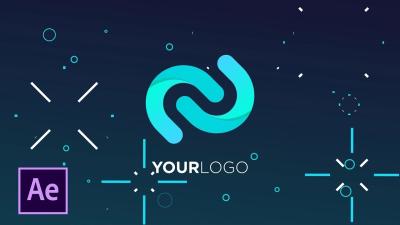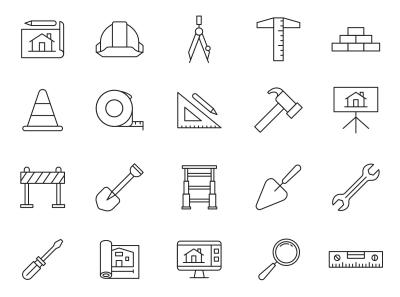Dribbble is a dynamic platform where designers showcase their work and connect with potential employers. For those entering the design field, it offers invaluable opportunities for networking and visibility. To effectively leverage Dribbble, you need to understand its unique features and focus on building a standout portfolio that truly represents your skills.
Understanding Dribbble as a Platform for Designers
Dribbble serves as a visual community for designers, allowing users to “shot” their work, receive feedback, and gain exposure. It primarily caters to graphic designers, UI/UX professionals, illustrators, and other creative individuals. Understanding Dribbble‘s culture is crucial; it thrives on creativity and innovation, so posting unique and high-quality work is paramount.
The platform also promotes interaction among designers through comments and likes, which can build a following and foster relationships. Networking is a key aspect of Dribbble; many designers find job opportunities not just through direct applications but via connections made on the platform. Additionally, organizations often post job listings specifically targeting the Dribbble community, offering tailored opportunities for designers.
Building a Compelling Dribbble Portfolio
Your Dribbble portfolio is your chance to make a memorable first impression. To create a compelling portfolio, focus on the following elements:
- Quality Over Quantity: Showcase your best work. Select projects that reflect your unique style and capabilities.
- Diverse Skill Set: Include a variety of design types, such as branding, UI/UX, and illustration, to demonstrate your versatility.
- Process Documentation: When possible, document your design process. Sharing initial sketches or iterations can provide insight into your critical thinking and problem-solving skills.
- Active Engagement: Regularly update your portfolio with new work and engage with other designers’ posts to increase visibility and interaction.
- Professional Presentation: Ensure that images are high-quality and well-presented. Consistent branding in your portfolio can also create a cohesive professional appearance.
By focusing on these areas, you can increase your chances of standing out in a competitive landscape and securing your first design job through Dribbble.
5. Writing Effective Project Descriptions
When it comes to showcasing your work on Dribbble, the project description is just as important as the visuals you present. A well-crafted description can make your project more engaging and informative, guiding potential employers or clients to understand your thought process and design choices. Here are some tips for writing effective project descriptions:
- Start with a Hook: Begin with a captivating sentence that draws the reader in. This could be a challenge you faced or an interesting fact about the design.
- Focus on the Problem: Clearly articulate the problem you aimed to solve with your design. This shows potential employers that you understand user needs.
- Explain Your Process: Outline your design journey. Describe your research, brainstorming sessions, and iterations. This gives insight into your workflow and creative thinking.
- Highlight Key Features: Point out what makes your design stand out. Use bullet points for clarity; for example:
- User-friendly interface
- Innovative use of color and typography
- Responsive design compatible with various devices
- Call to Action: Encourage readers to engage with your work! Invite feedback or suggest they check out related projects. It fosters interaction and shows confidence in your work.
Remember, your project description is where you can share your personal story as a designer. So, make it authentic and compelling, and don’t shy away from showing your personality!
6. Engaging with the Dribbble Community
Dribbble isn’t just a platform to showcase your work; it’s a community of creatives eager to connect, share ideas, and support one another. Engaging with others in this space can significantly boost your visibility and expand your network, which is crucial for landing your first design job. Here are some strategies for meaningful engagement:
- Comment on Other Projects: Take the time to leave thoughtful comments on fellow designers’ shots. Genuine feedback shows that you appreciate their work and can spark valuable conversations.
- Follow Designers You Admire: Keep tabs on creatives whose work inspires you. Following them not only helps you learn but also opens up opportunities to connect.
- Participate in Challenges: Get involved in Dribbble‘s design challenges and contests. This not only boosts your portfolio but also enhances your visibility in the community.
- Share Your Knowledge: If you have insights or tips to offer, consider writing a blog post or creating a tutorial. Sharing your expertise positions you as a knowledgeable member of the community.
- Network Offline: Whenever possible, attend Dribbble meetups or local design events. Meeting fellow designers face-to-face can lead to collaborations and job referrals.
Ultimately, the more you engage with the Dribbble community, the more likely you are to build relationships that could lead to exciting job opportunities. So get out there, make connections, and don’t hesitate to share your design passion!
7. Tips for Crafting Your Ideal Job Application
When it comes to landing your first design job through Dribbble, crafting a standout job application is crucial. Here are some essential tips to help you make your application shine:
- Tailor Your Portfolio: Ensure your Dribbble portfolio is aligned with the job you’re applying for. Highlight projects that relate specifically to the company or role.
- Write a Personalized Cover Letter: Don’t just recycle generic cover letters. Mention specific projects from your portfolio that resonate with the job description and express genuine enthusiasm for the company.
- Show Your Process: Include case studies in your Dribbble portfolio that showcase not just the final product but also your creative process. This gives insight into your thinking and problem-solving abilities.
- Be Concise: Hiring managers often have numerous applications to sift through. Keep your application clear and to the point, focusing on key achievements and relevant experience.
- Highlight Soft Skills: Don’t forget about the importance of communication and teamwork in design. Highlight experiences where you’ve successfully collaborated with clients or other team members.
Lastly, don’t forget to proofread your application. A simple typo can distract from an otherwise impressive submission. Taking these steps can significantly boost your chances of making a lasting impression on potential employers.
8. Common Mistakes to Avoid When Using Dribbble
While Dribbble is a fantastic platform for budding designers, there are common pitfalls you should steer clear of. Avoiding these mistakes can help you present a polished and professional image:
- Neglecting Consistency: Make sure your portfolio displays a consistent style and quality. Mixed bag designs can confuse potential employers about your design identity.
- Ignoring Feedback: If fellow designers or peers give you constructive criticism, don’t brush it off. Use this feedback to improve your work and refine your portfolio.
- Avoiding Engagement: Dribbble is a community. Engage with others by commenting on their work and participating in discussions. Networking is just as important as showcasing your work.
- Overemphasizing Quantity Over Quality: A few well-crafted shots are better than a plethora of rushed projects. Focus on showcasing your best work instead of flooding your portfolio with mediocre pieces.
- Forgetting to Update Regularly: Your skills and style will evolve over time. Keep your portfolio fresh by regularly updating it with your latest work to reflect your growth as a designer.
Avoiding these mistakes can help you leverage Dribbble effectively, making your journey to landing that first design job smoother and more rewarding!
9. Success Stories from Designers Who Landed Jobs on Dribbble
Everyone loves a good success story, especially when it involves turning dreams into reality! Here are a few inspiring tales from designers who leveraged Dribbble to kick-start their careers:
1. Emily’s Journey: After graduating with a degree in Graphic Design, Emily struggled to find her footing in the professional world. Feeling discouraged, she started sharing her personal projects on Dribbble. One of her illustrations caught the attention of a startup looking for freelance designers. This led to a full-time position! Emily emphasizes the importance of consistency and engaging with the community:
- Post regularly: Emily posted at least once a week.
- Engage with others: She commented on other designers’ work, which helped her build connections.
2. Mike’s Breakthrough: Mike, a self-taught UI/UX designer, decided to focus on Dribbble to showcase his unique style. He emphasized creating mock-ups that were not only visually appealing but also functional. After gaining traction, a company specializing in mobile apps reached out, impressed by his portfolio. Mike believes that showcasing work that resonates with your target audience is key:
- Be authentic: Highlight projects that genuinely excite you.
- Highlight user experience: Don’t forget that design is as much about usability as it is about aesthetics.
3. Sarah’s Transformation: Starting out with minimal experience, Sarah joined Dribbble to learn from others. Over time, she developed her skills and began receiving job inquiries based on her Dribbble portfolio. Her advice? Don’t hesitate to keep evolving and learning. Every designer was once where you are now, and practice pays off!
These stories are just a glimpse into what’s possible on Dribbble. The platform is full of opportunities; you just need to take that first step!
10. Next Steps After Landing Your First Design Job
Congratulations! You’ve landed your first design job—a major milestone in your career journey. But what comes next? Here are some actionable steps to help you transition smoothly into your new role:
- Set Clear Goals: Define what you want to achieve in your new position. This could be anything from mastering specific design tools to leading a project by the end of your first year.
- Establish Connections: Get to know your colleagues and create a strong support network. Don’t be shy about asking questions; everyone knows that you’re just starting out.
- Seek Feedback: Regularly ask for constructive feedback from your peers and supervisors to improve your skills. This will not only help you grow as a designer but also show your dedication.
- Stay Current: Design trends evolve continuously. Keep learning by attending workshops, webinars, or simply following design blogs and forums.
- Document Your Journey: Keep track of your projects and tasks. This will help you stay organized and also provide valuable material for your future portfolio.
Remember, securing the job is just the start. Embrace this opportunity to learn, grow, and thrive in your new role. The design world is full of possibilities, and with your first foot in the door, there’s no telling where your creativity will take you!



